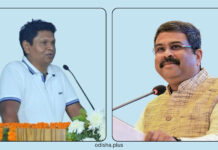Dr. Fakira Mohan Nahak
THE TELEVISION NEWS INDUSTRY IN ODISHA HAS GONE THROUGH A PROGRESSIVE JOURNEY IN THE PAST TWO DECADES. IN THIS SERIES DR. FAKIRA MOHAN NAHAK PRESENTS THE MEDIA HISTORY BLENDED WITH HIS CLOSE OBSERVATION ON THE FAST-CHANGING INDUSTRY.
Plans were all set to launch a cable channel called OTV on April 18, 1997. Unfortunately the legendary Biju Babu, the son of the soil passed away on April 17, 1997. So the OTV team decided to start its broadcast service by bringing in the footage of Biju babu’s death and his last rites to the public.
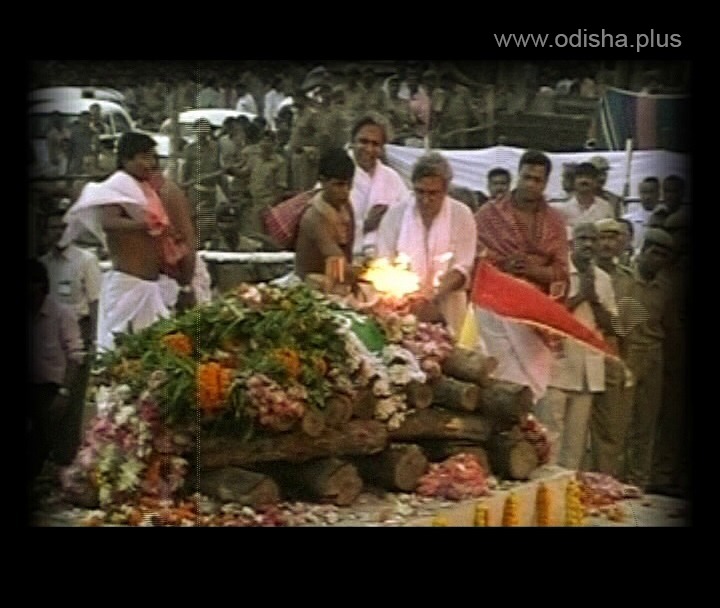
At that time a small team of enthusiasts like Rakesh Mohanty, cameraman Dillip Sinha and Sanjay Mallick could manage to shoot all the visuals. Rakesh Mohanty was the programmer. It was edited overnight by Gopal Pahal and the next day it started airing on the cable broadcasting service. In fact, it was only seen by Sky View cable subscribers under Ortel Communications. And the cable channel OTV was born.

Since its inception, OTV has been associated with a number of senior journalists, producers and editors. PTI journalist Ajay Mishra joined as its news editor along with filmmaker and Doordarshan producer Prafulla Mohanty. Pratap Aditya Mishra joined as the Chief Executive of this cable channel.
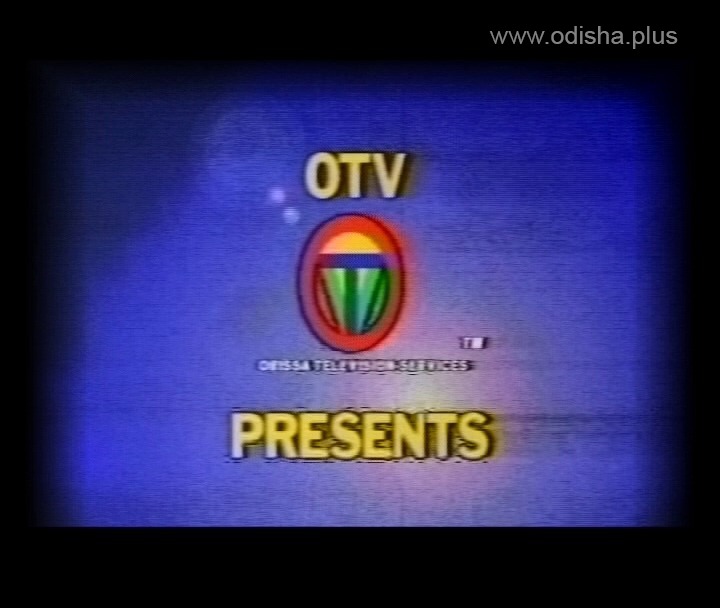
The team also included film editor Deben Mishra and Chakradhar Sahu (who later went on to make many films) as visual editors. Later, Nagen Barik from Kalinga Studio joined OTV. While Rakesh Mohanty, Ambuj Shatapathi, Arvind Patnaik supervised the programming and production arrangements, Jajati Karan, Sarada Lahangir, Sonali Rath and Sriparna Nayak joined as reporters in the first batch. All these were second batch students of IIMC Dhenkanal. Later, Santosh Sahu, Jayant Seth, Alok Swain, Durga Acharya, Biswajit Brahma, Manoranjan Mishra, Samikshya Patnaik, Himanshu Sahu, Arunika Mohapatra joined OTV.
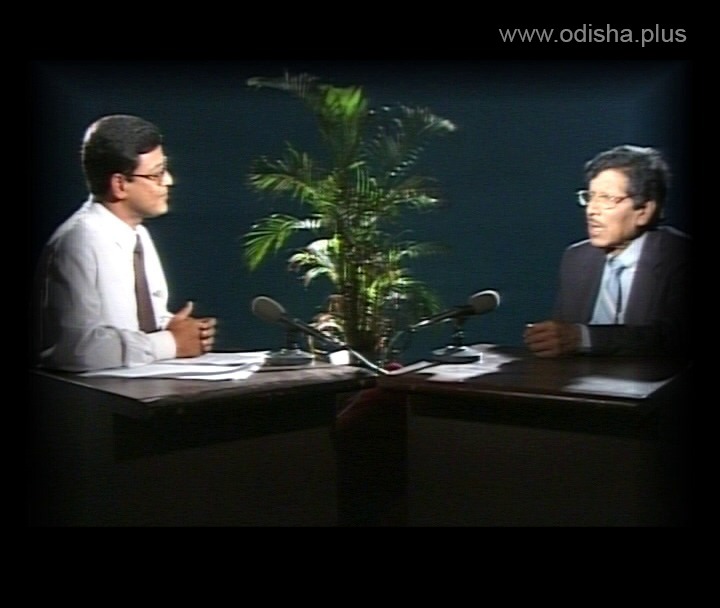
In 1998, senior journalist Sutanu Guru also joined the OTV team as the News Editor. Gopal Sahu was also working in the team at that time. Even though it was a cable channel, it was performing better and had a good market presence.
According to founder member Rakesh Mohanty, in the initial phase, the cable channel started a news bulletin called “OTV News” only once in a week. Then gradually the number of bulletins per week got increased. Finally, when the channel managed to broadcast the bulletin in all days a week, the name of the news bulletin was given as “Pratidin”.
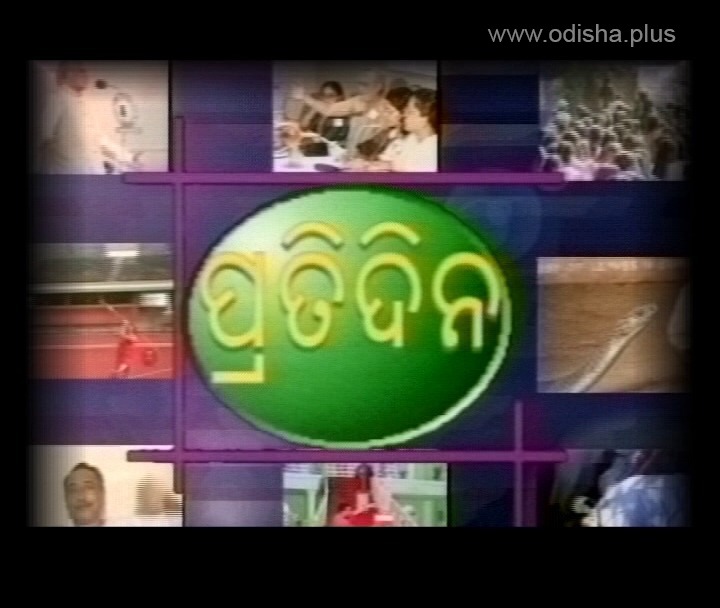
Even after getting converted to a satellite channel, the name of this bulletin has not been changed. So according to OTV, it is the oldest news bulletin in the state. This daily bulletin is being broadcast for more than 25 years.
OTV initially started its operations with three flats in Nirupama Apartments. Later it was shifted to Plot#8, Bhoi Nagar (residence of former MP Baijayant Panda). Although the programs were being produced in Bhoi Nagar, it was telecast from Nirupama apartment. For this reason, someone had to commute carrying the daily cassette from Bhoinagar to Nirupama apartment.
There was no system of digital transmission then and no technical know-how for live broadcasting or streaming. Therefore, the bulletin was first recorded and then edited and sent for broadcast. So those who have worked at that time know, from a technical point of view, how programs were recorded, edited and broadcast using different videotapes at different times.
At that time U-matic, Beta and Mini DV cassettes and later DVC Pro cassettes were used. Not only that, OTV later produced CDs of its news bulletins and distributed them to cable operators in different cities through various passenger buses. It was broadcast from there to that local audience.
Jayant Sheth, a senior journalist working in OTV at that time, says, “We all learnt the art of how to produce programs despite the lack of proper logistics and infrastructure. In the initial stages, with a handy-cam and mini DV cassettes, when we used to visit any officer or minister for a byte or visual shoot, they used to make fun of us and try to keep us at a bay. That’s why OTV had to go for big cameras. But we were able to learn using all types of tapes used for video productionat that time.”
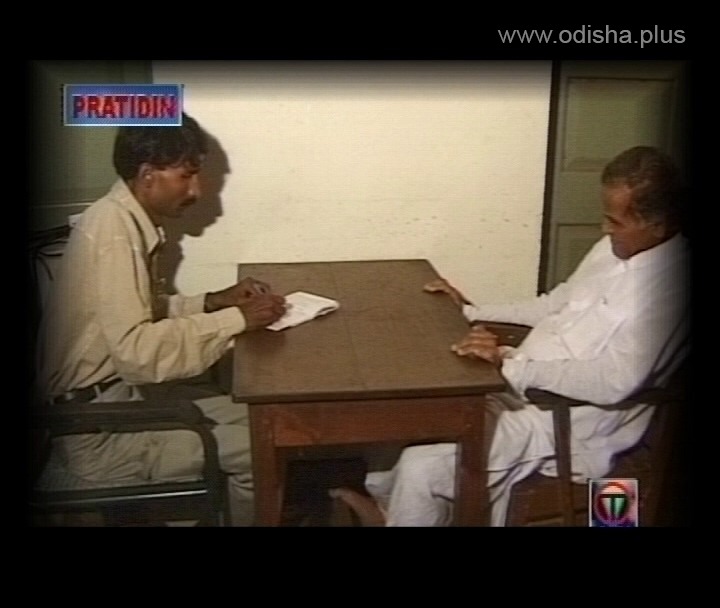
At that time, he was producing a program titled “Twin City Round-Up” about the twin city Bhubaneswar and Cuttack. Basically, it covered cultural programs and general events of both the cities. The bulletin gained a great popularity among the viewers. With limited technical set up and infrastructure, the technical team had done a lot of experiments to solve many problems.
For instance, at that time OTV did not have a teleprompter. Anchors had to serve themselves by having a roll of the new copies and turn it slowly below the camera and read the news. At that time, Pallavini Mishra and Roopa Mishra (at present, serving as an IAS officer) used to read OTV’s news bulletin.
While OTV was a cable channel, its most significant achievement was to capture the live footage of the 1999 Super Cyclone on camera. Most of the OTV crew, including Pankaj Sahu and Sanjay Mallick, took the effort to capture images of people searching for life in the apocalyptic natural calamity and its aftermath.
Most of the super cyclone related OTV footages had been used by various national and international media at the time. In addition, with the visuals and bytes collected from twenty people, a documentary titled “Nature’s Fury” was prepared in both Oriya and English languages.
Apart from the daily news bulletin “Pratidin”, OTV gradually started some other programs such asan interview based program called “Heart to Heart”, “Issue of the Week”, “ EiSaptaha”, “Movie Magic” etc. Over time, the number of OTV members continued to grow.
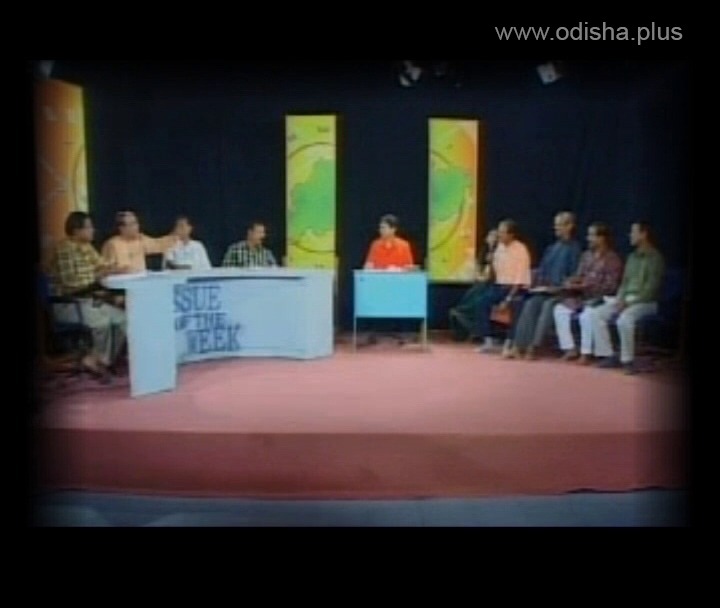
Ortel Communications network that managed the cable channel also witnessed significant growth. It expanded its business and provided its cable services to other cities in the state apart from the twin cities.
Till the channel became a satellite one, all employees were part of the Ortel Communication Ltd. But prior to its conversion to the satellite mode, a new company was established as Odisha Television Ltd. Then the employees came under the ambit of this newly formed company. After gradually strengthening its foundation and providing broadcast services as a cable channel for about 9 years, OTV became a satellite channel on 2nd December 2006. The rest is history.
(Dr. Fakira Mohan Nahak is a writer and former media professional. He is currently working as the Head of the Department of University Institute of Media Studies, Chandigarh University at Mohali, Punjab. Views are Personal)
Tags: #OTVnews #TelevisionHistory #OdiaNewsStory #OdishaNews





